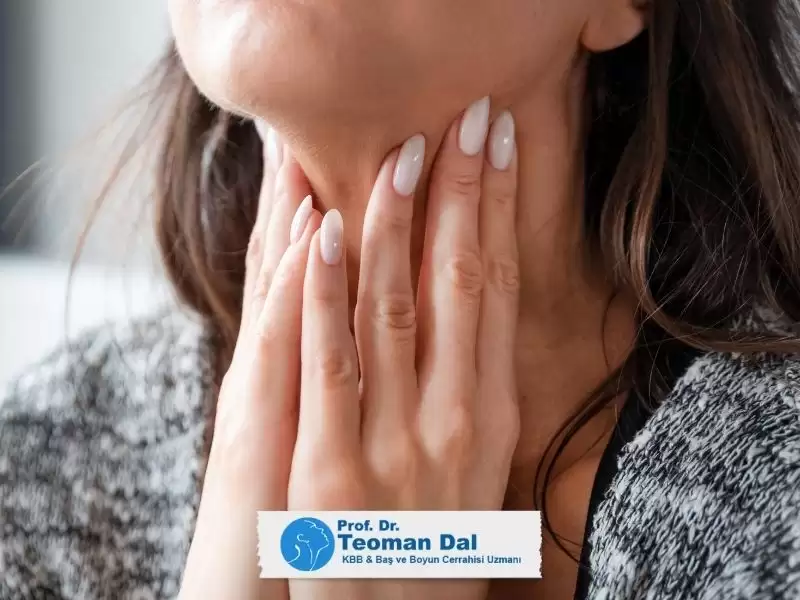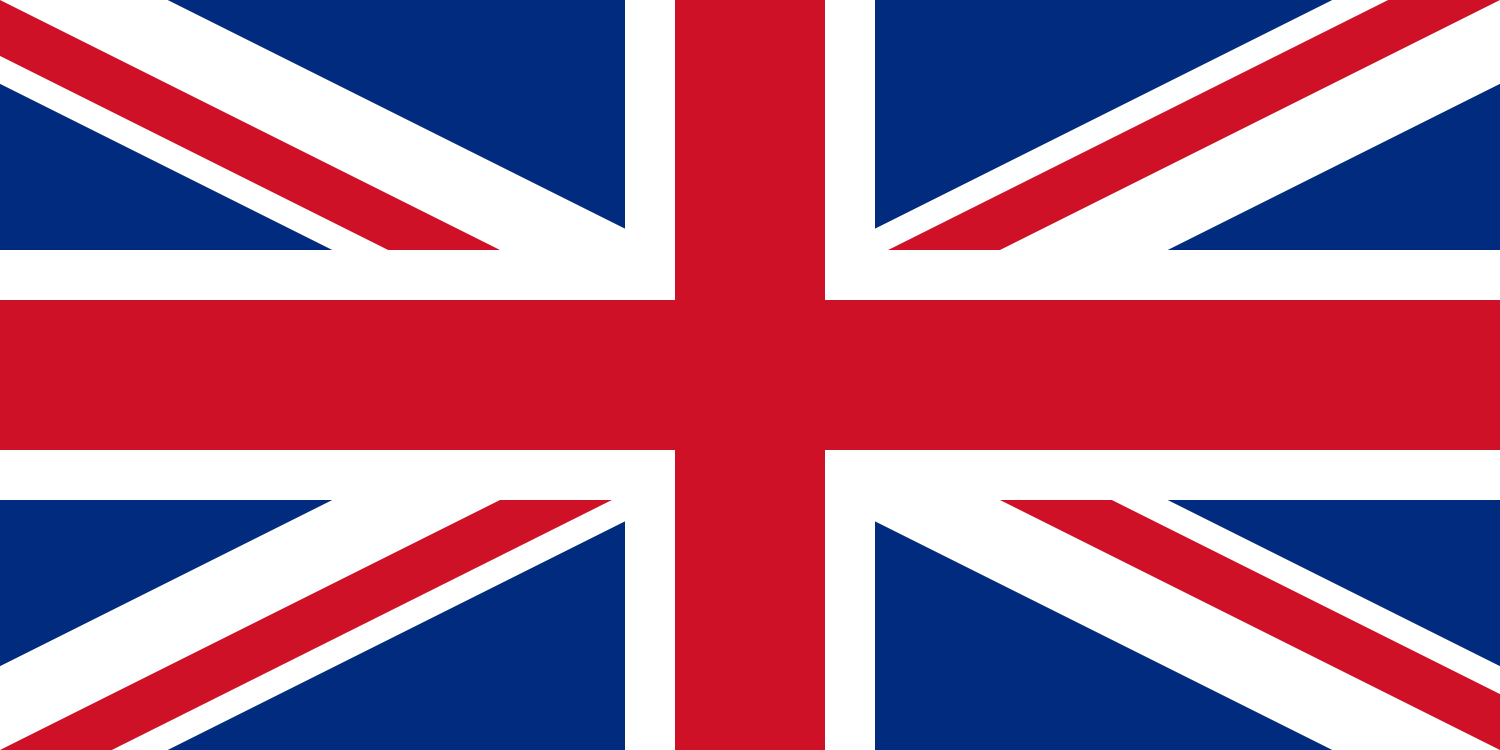Tükürük Bezi Endoskopisi Nedir?
Tükürük bezi endoskopisi veya tıbbi adıyla sialendoskopi, tükürük bezlerinin ağız içine açılan kanallarının özel, ince kamera sistemleriyle görüntülenmesi işlemidir. Bu yöntemle tükürük kanallarına girilerek:
- Kanal içinde yer alan taşlar veya doku artıkları çıkartılabilir,
- Kanal darlıkları tespit edilip genişletilebilir,
- Yıkama ve ilaç uygulamaları yapılabilir.
Modern sialendoskopi sistemleri, hem tanı koymak hem de aynı seansta tedavi yapmak için gelişmiş mikro cerrahi aletlerle donatılmıştır
Sialendoskopinin Gelişimi ve Kullanım Alanları
İlk kez 1990’ların sonunda, tükürük kanallarındaki tıkanıklıkların sebebini anlamak amacıyla kullanılan bu yöntem, günümüzde hem submandibüler (çene altı) hem de parotis (kulak önü) tükürük bezlerinde yaygın olarak kullanılmaktadır.
Sialendoskopi, özellikle:
- Tükürük bezi taşları
- Tükürük kanalı darlıkları
- Tekrarlayan tükürük bezi enfeksiyonları
gibi durumların teşhis ve tedavisinde %90’a varan başarı oranlarıyla etkili bir yöntemdir.
Cerrahiye Alternatif Etkili Yöntem
Geçmişte bu tür rahatsızlıklar, genellikle tükürük bezlerinin tamamen çıkarılmasıyla tedavi edilmekteydi. Ancak günümüzde sialendoskopi, tükürük bezini koruyarak tedavi etme imkânı sağlamaktadır. Çoğu işlem:
- Hastaneye yatış gerektirmeden,
- Lokal anestezi altında,
- Hızlı iyileşme süreciyle uygulanmaktadır
Sialendoskopinin Avantajları
Standart cerrahi tekniklerle karşılaştırıldığında sialendoskopi, önemli avantajlar sunar:
- Hızlı ve konforlu iyileşme süreci
- Kalıcı sinir hasarı riski olmaması
- Ciltte yara izi oluşmaması
- Normal anatomi ve tükürük bezi fonksiyonlarının korunması
- Günlük yaşama kısa sürede dönüş
- Genel olarak hastane yatışı gerektirmemesi
Hangi Durumlarda Sialendoskopi Uygulanır?
Aşağıdaki durumlarda teşhis veya tedavi amacıyla sialendoskopi uygulanabilir:
- Parotis veya submandibüler bezlerde saptanan tükürük bezi taşları
- Tükürük kanallarında darlık
- Tekrarlayan tükürük bezi enfeksiyonları ve şişlikleri
Küçük Taşlar (3–4 mm)
- Parotis kanalındaki taşlar: 3 mm’ye kadar
- Submandibüler kanalındaki taşlar: 4 mm’ye kadar
bu taşlar, özel taş tutucu enstrümanlarla ek cerrahiye gerek kalmadan çıkarılabilir.

Daha Büyük Taşlar (6–8 mm)
Bu boyuttaki taşlar:
- Mekanik aletler,
- Lazer sistemleri,
- Ses dalgaları yardımıyla küçük parçalara ayrılarak çıkarılabilir.
Gerekirse endoskopik yöntemle birlikte minimal cerrahi de uygulanabilir.
Tükürük Kanalı Darlıkları ve Enfeksiyonlarda Sialendoskopi
- Balonlu kateterlerle kanal genişletme işlemleri
- Antibiyotik ve kortizon içeren solüsyonlarla yıkama
- Kanal içinin temizlenmesi
bu işlemlerle enfeksiyon sıklığında anlamlı azalma sağlanabilmektedir.
Sialendoskopi, tükürük bezi hastalıklarının tanı ve tedavisinde modern, etkili ve hasta konforunu ön planda tutan bir yöntemdir.
Detaylı değerlendirme ve tedavi planlaması için kliniğimizle iletişime geçebilirsiniz.





